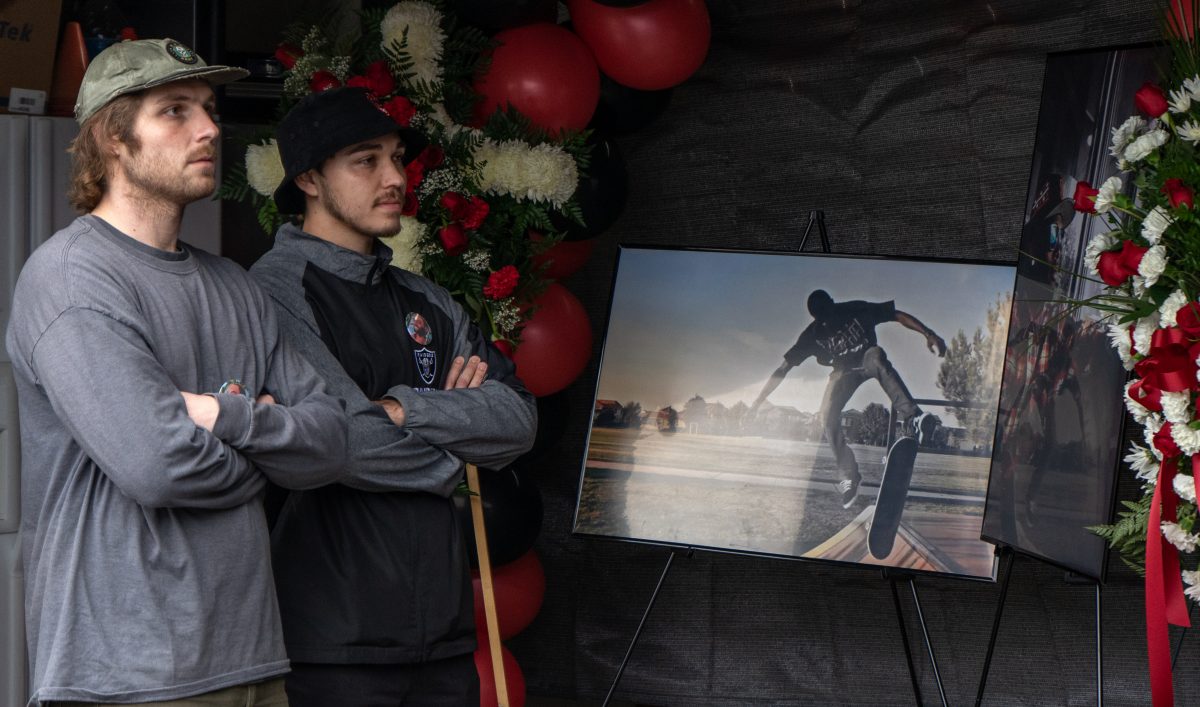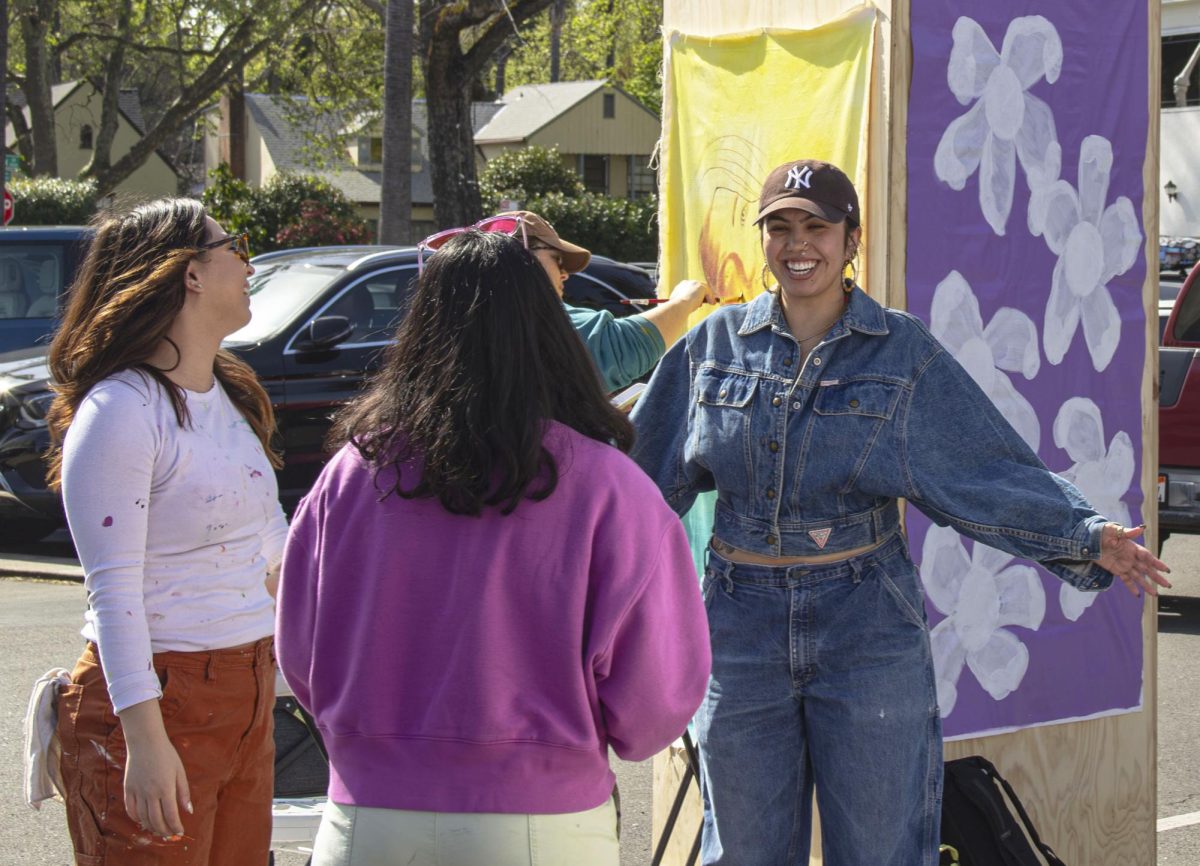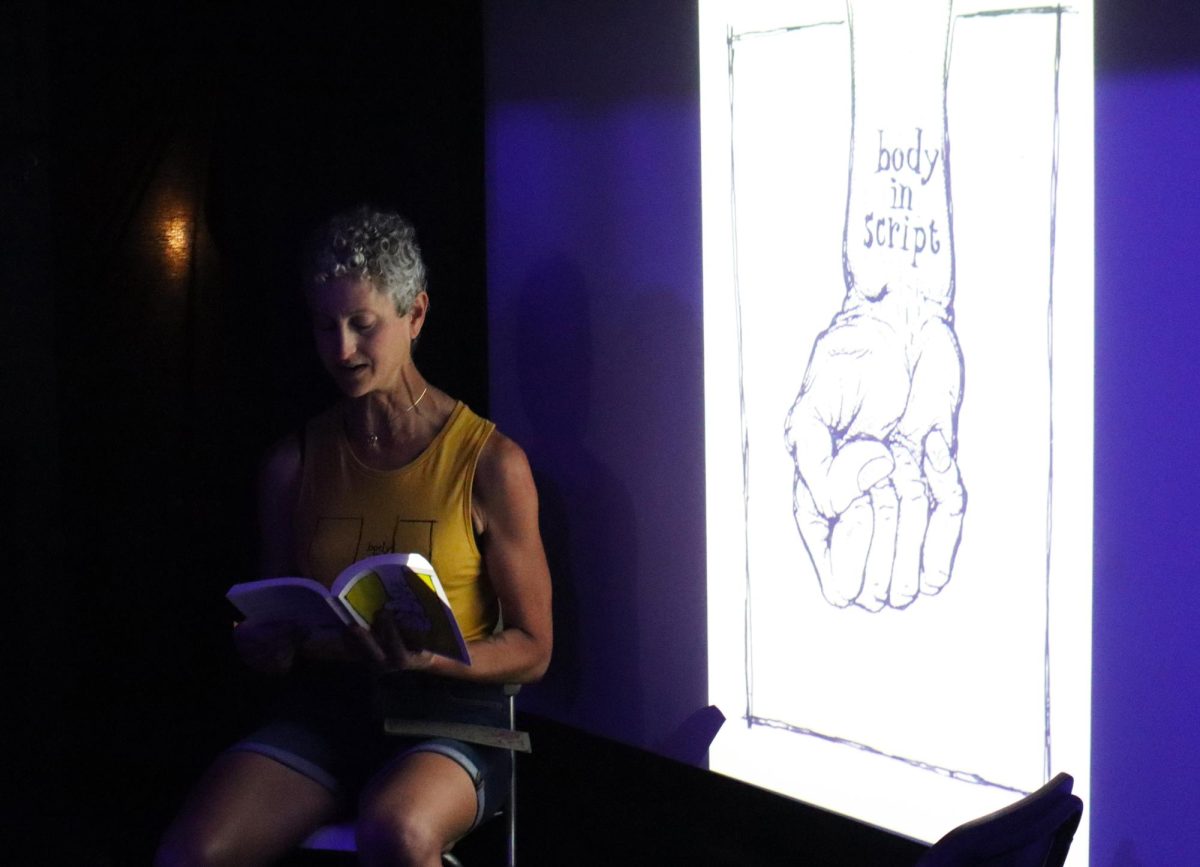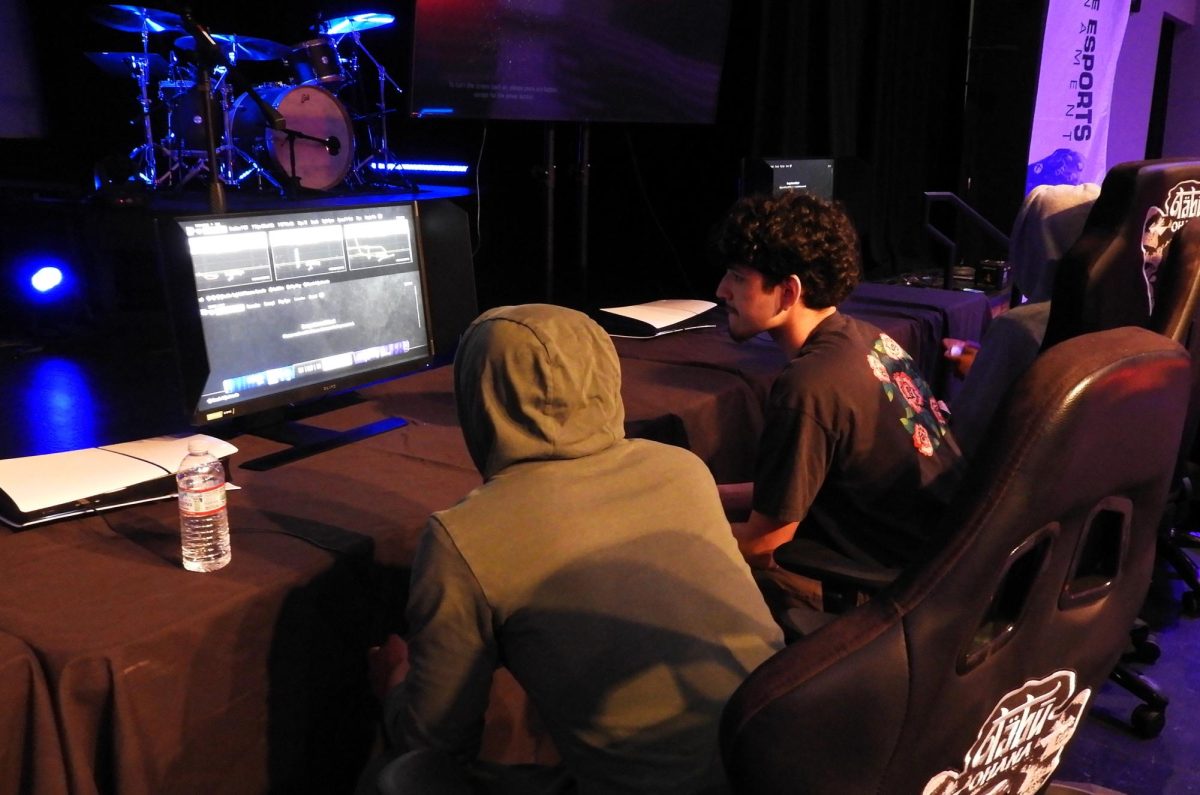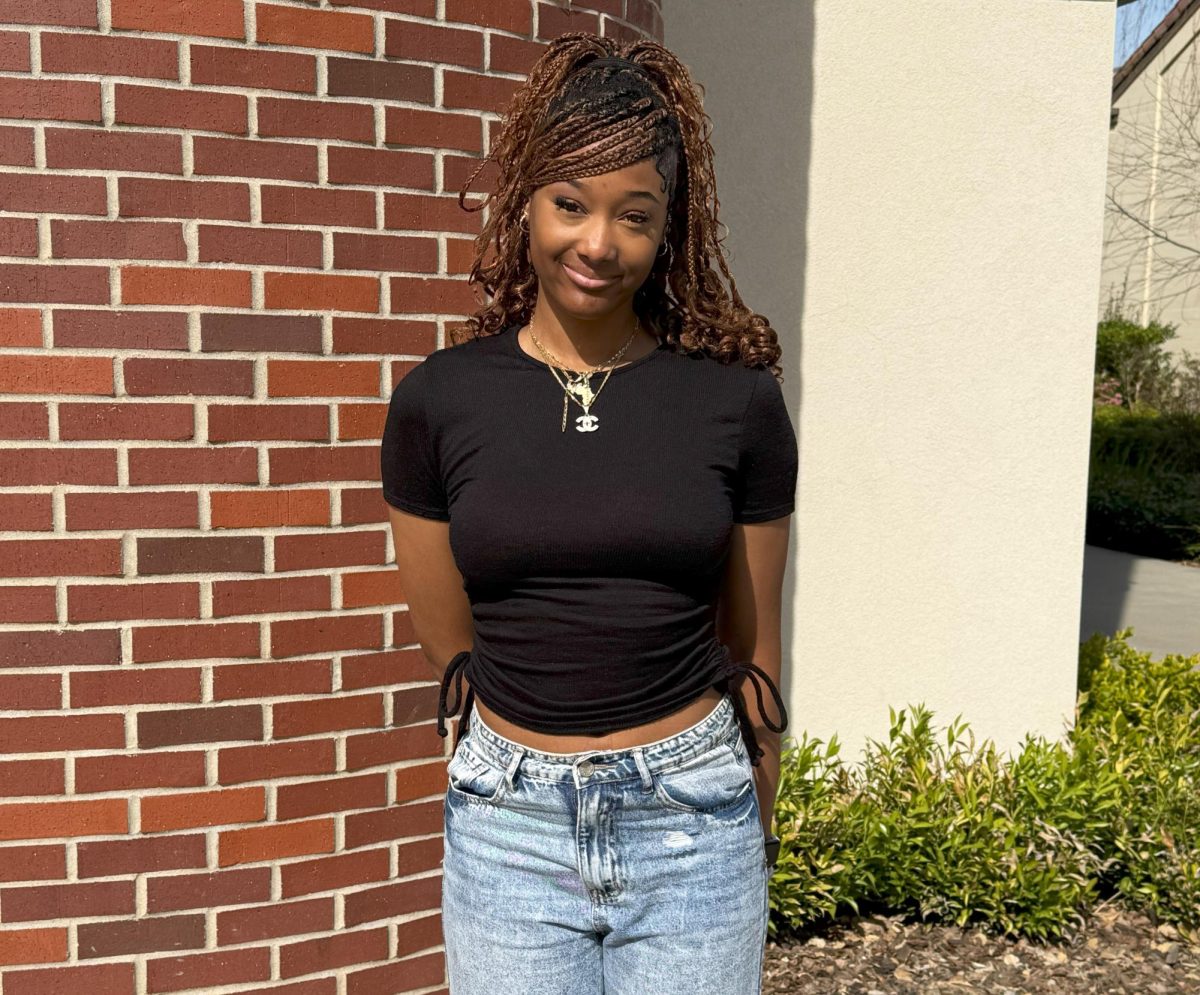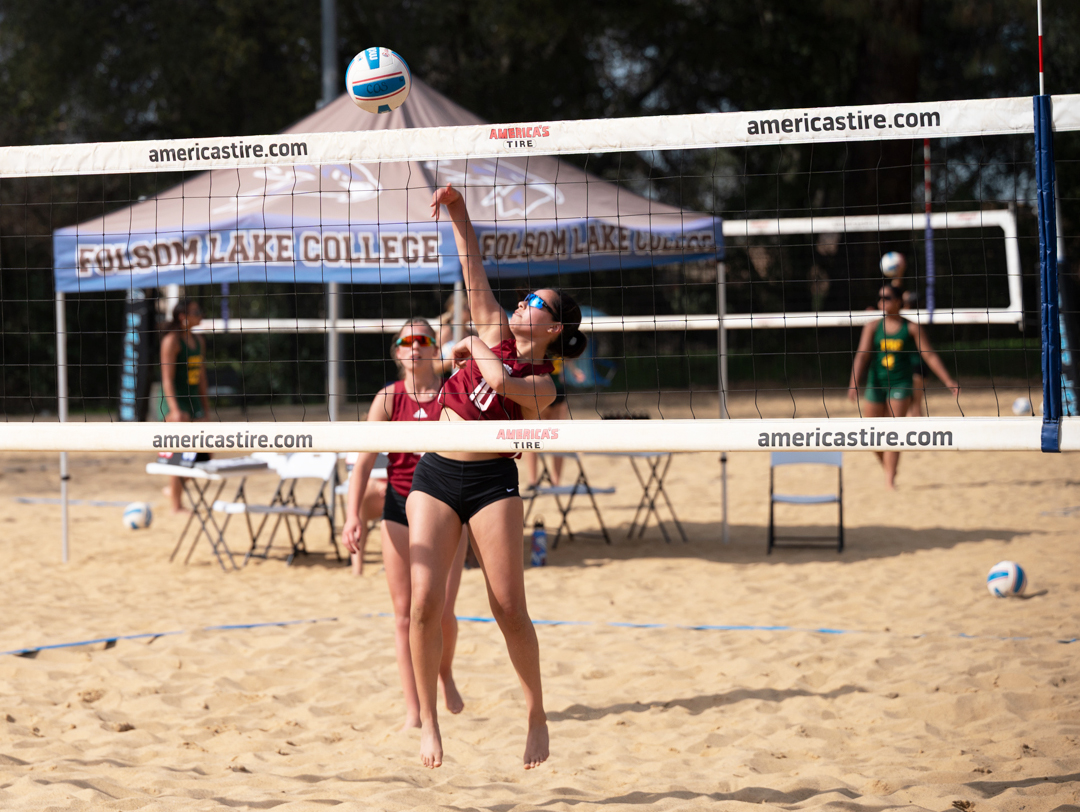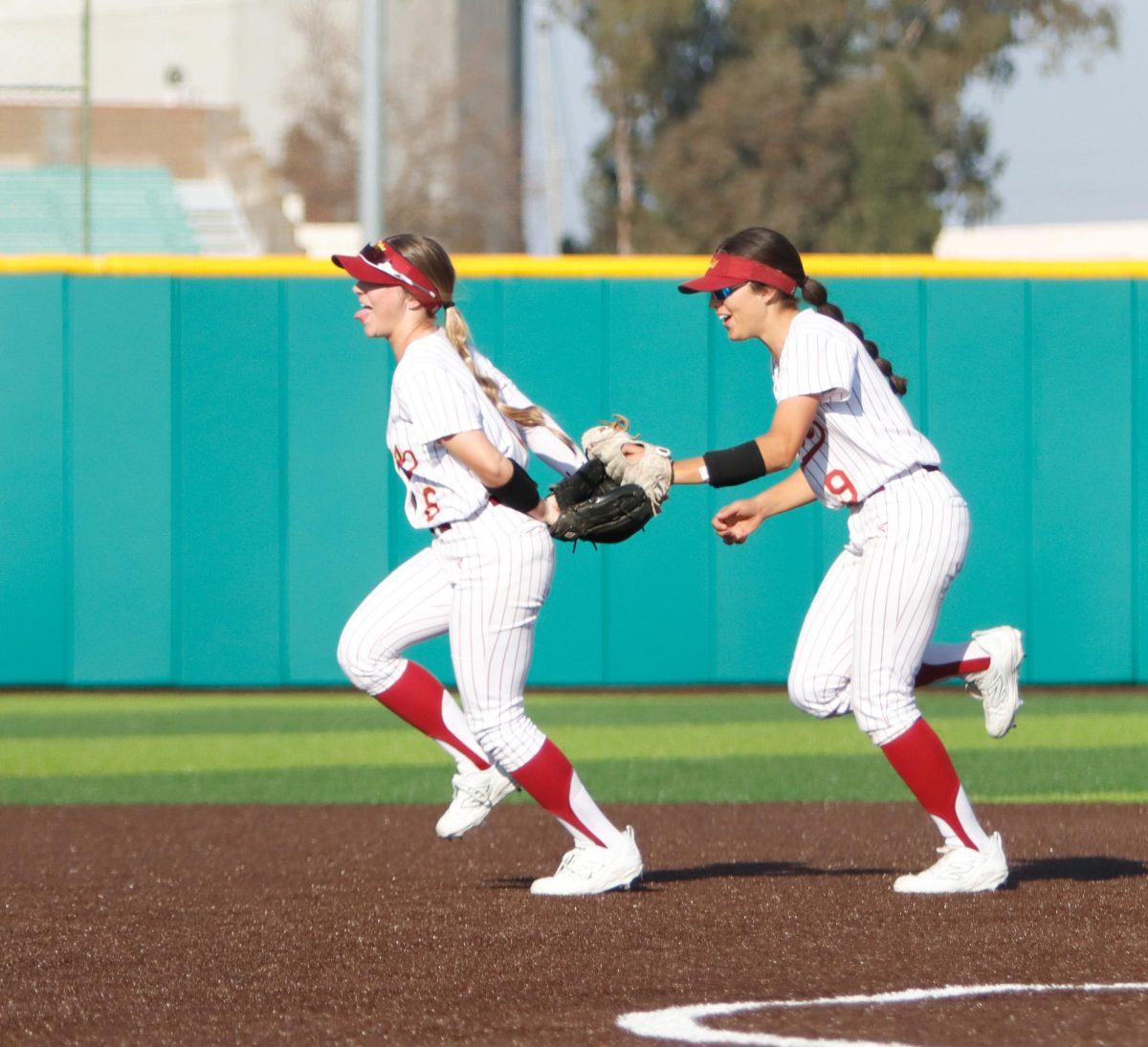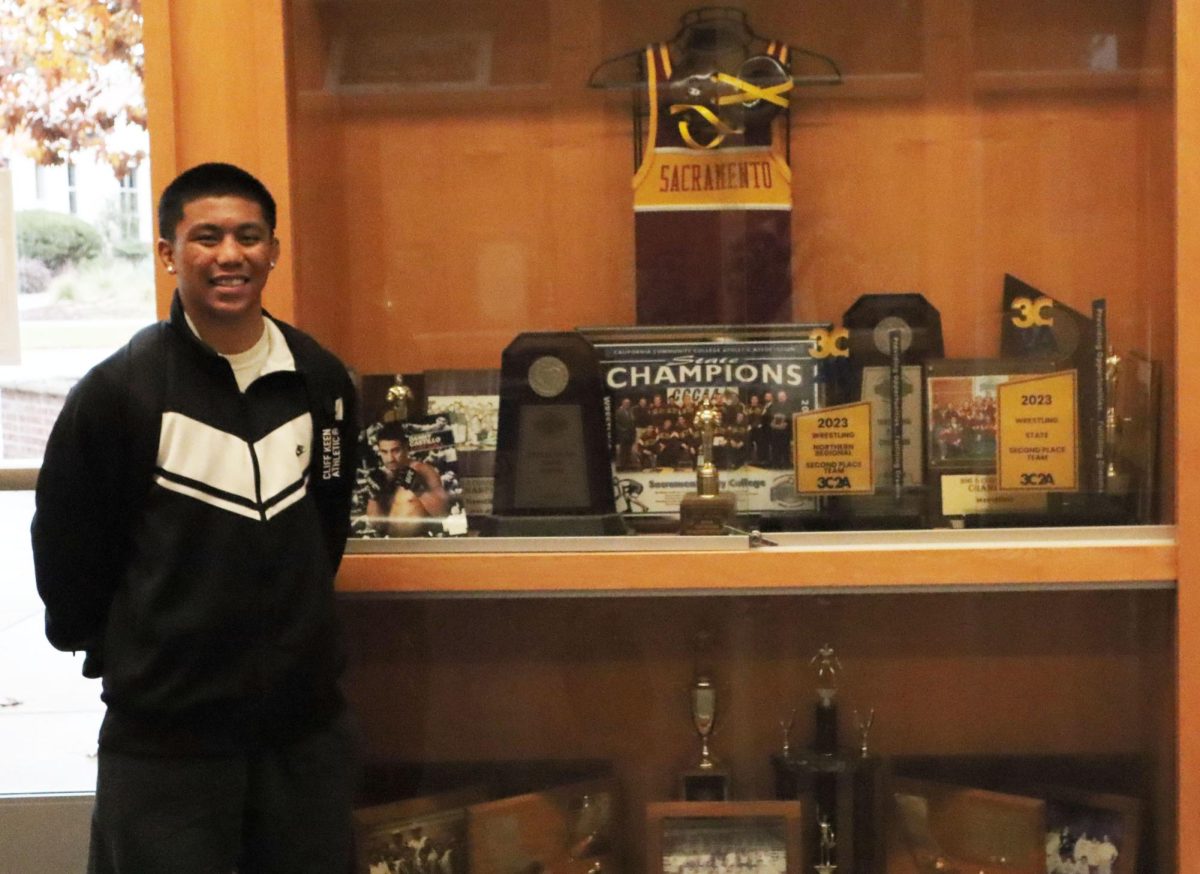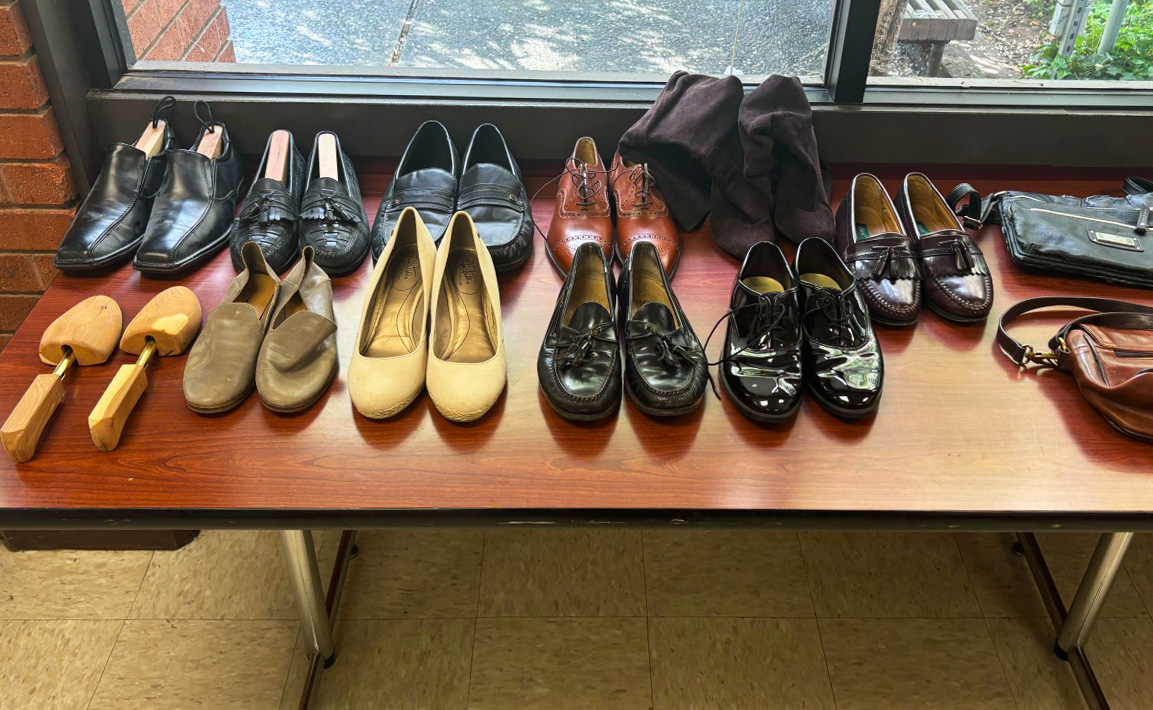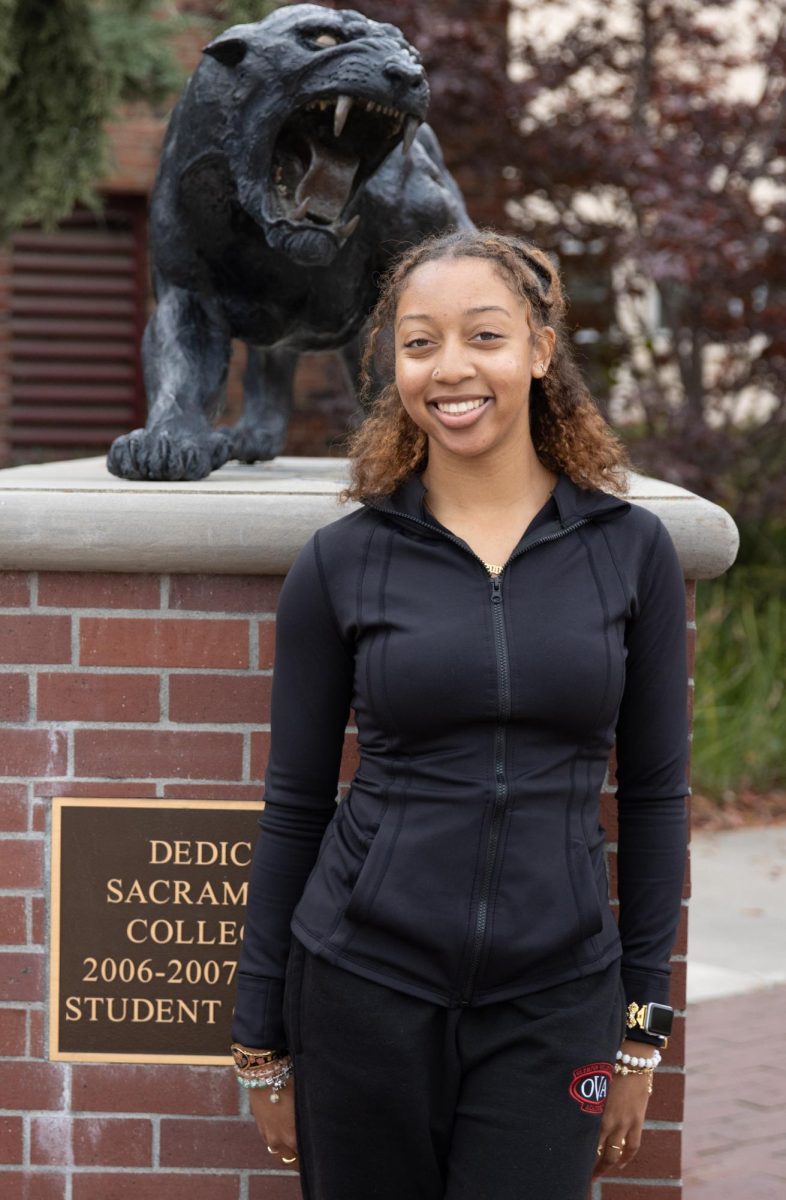Kristopher Hooks | Sports Editor | Khooksexpress@gmail.com
City College swim team looks to rise up in tough Big 8 Conference
Inside of the nine-lane, 25-yard length Hoos pool, members of the Panthers’ swim team can be found swimming the four competitive strokes — butterfly, breaststroke, backstroke and freestyle — to get ready for the season.
City College’s swimming program has not boasted much of a winning tradition over the years. The last time the team won a conference championship was in 1998, when the women’s team won the title.
The problem, according to head coach Steve Hanson, is the amount of turnover from year to year; there are not enough people who stick around after their first season. However, that is all slowly changing, Hanson said. The team currently has more than 40 swimmers, both men and women, who compete against other swimmers of the same gender.
“The plus side is that the difference this year from last year and the year before that and the year before that is that we’ve gradually been growing,” said Hanson. “This is my sixth season here as the swim coach. My first season there were two swimmers on the swim team — two women, no men.”
The team has grown over the years through steady recruitment and word of mouth, according to Hanson. One of the swimmers, freshman Jeremy Altringer, was not recruited by the coach, but instead by a teammate.
“I talked to someone on the team, and they said I should come out,” said Altringer. “So I did one day, and it was a lot of fun, and I knew this was where I wanted to be at.”
The main goal for City College sports programs is to win conference championships. In swimming, teams have both swim and diving teams. However, unlike the other teams in the conference, the Panthers have no diving team to help accumulate points in the conference championship, so the team often comes up short.
Instead, Hanson and his players set individual goals to help them get better to advance further into the ranks of the conference.
Lily Pilegaard, who also plays water polo for City College, is in her first year of collegiate swimming. This season she will swim in five events: the 50 freestyle, 100 fly, 100 freestyle, 200 individual medley, 200 freestyle and possibly the 500 freestyle.
“I just want to beat all of my personal best times,” said Pilegaard. “That doesn’t necessarily mean coming in first; it just means challenging myself and pushing myself harder than I have before.”
In order for the swimmers to reach their goals, Hanson has them using a technique that is widely used throughout the sport of swimming: ultra-short race pace training.
In this method, Hanson has the swimmers do 30 laps of 25 yards each with the goal of swimming as many as they can and as fast as they can under their target time. Once they fail to get under their target time twice, then they are done with the training.
The goal in using this approach, according to Hanson, is to get the swimmers faster and more accustomed to swimming at competition level.
“Typically we train slower than we want to race,” said Hanson. “However, the objective for this is to train like we race. So every little bit is added into it — how we finish is important, how you start is important, and your accountability.”
With more swimmers this season than in any past season, goals have never been more important, and now is the time to rise up in the ranks of the Big 8, Hanson said. The best way to do that, he added, is for swimmers to achieve individual goals every chance they get.
“It’s us and the clock,” said Hanson. “It doesn’t have anything to do with the opponents — one [versus] one. It’s us and time, and us and training. So that’s what we’re focusing on.”


